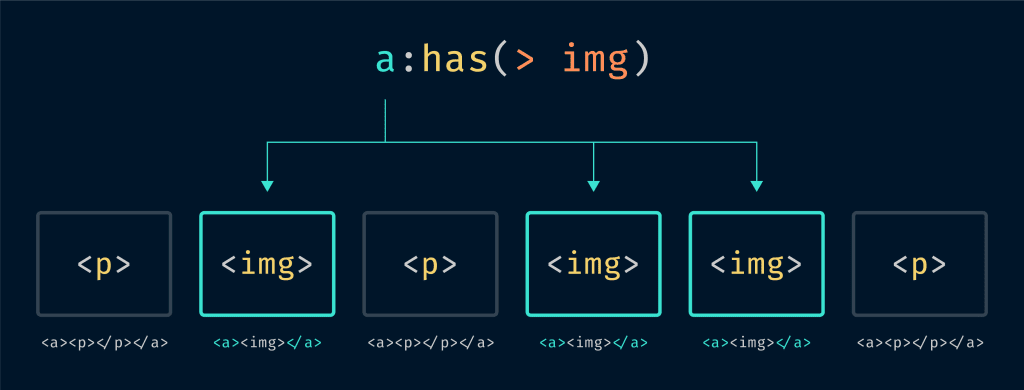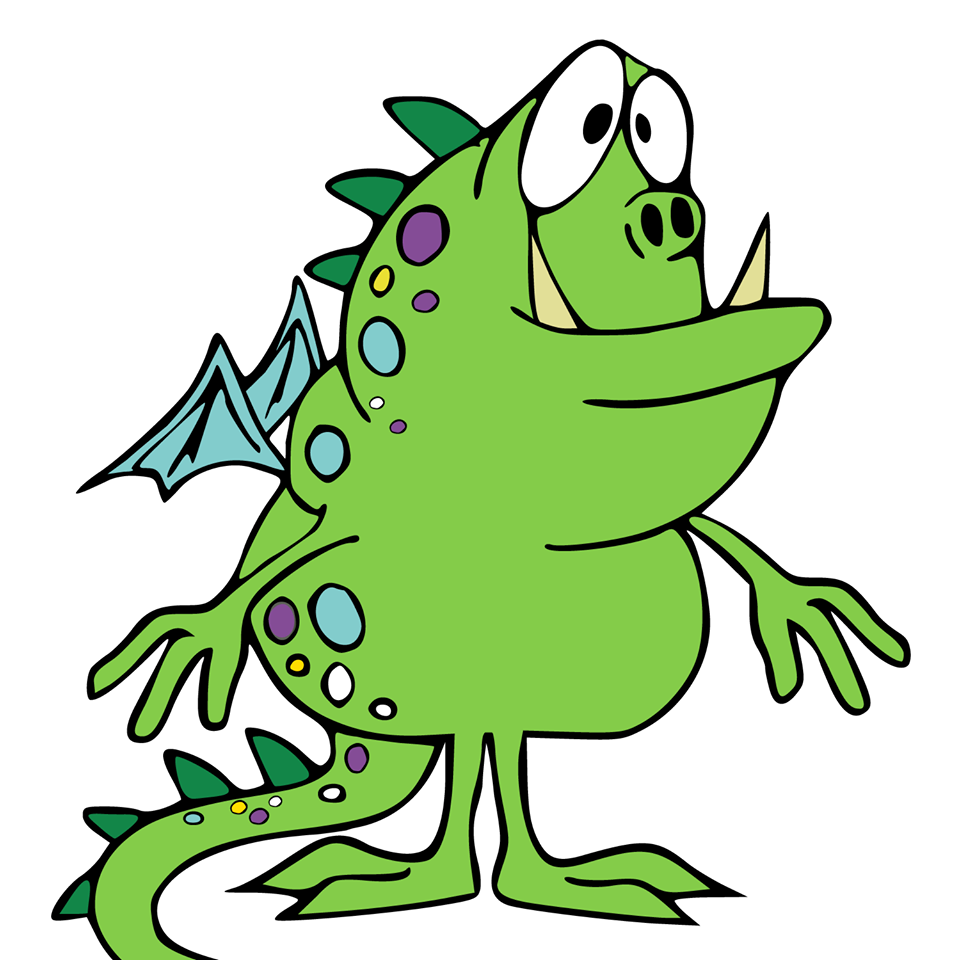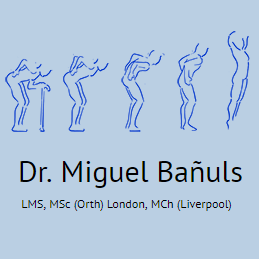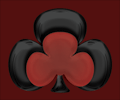CSS tricks are essential tools for any modern web designer seeking to elevate their projects with impressive visual effects and sophisticated layouts. By utilizing innovative CSS techniques, developers can breathe life into static websites, transforming them into dynamic experiences that captivate users. From eye-catching CSS animations to leveraging the latest best practices, every trick has the potential to enhance usability and aesthetic appeal. In this ever-evolving digital landscape, knowing key web design tips can set your work apart and provide a competitive edge. Whether you’re a beginner or a seasoned pro, mastering a few creative coding methods can reveal endless possibilities.
When it comes to mastering stylesheets, various strategies and methodologies emerge that offer developers a wealth of creative avenues. These essential CSS tactics not only help in crafting visually stunning sites but also enable the seamless integration of functionality with form. By exploring the balance between art and technique, designers can leverage effective visual components to enrich user experience. The world of front-end development is replete with opportunities to experiment with novel animation effects and innovative design principles. Tools and approaches that go beyond conventional practices can inspire web creators to push their boundaries and redefine the limits of creativity.

Uncovering the Essence of CSS Tricks
Embarking on the journey to discover a CSS trick feels akin to delving into the realm of creativity where one seeks to uncover rather than invent. Much like Michelangelo, who mastered the art of chiseling away the unnecessary to reveal beauty hidden within marble, CSS experimentation is about identifying synergies between features that exist but haven’t been effectively integrated. Each CSS property and value has a story to tell; it’s the developer’s task to listen and connect the dots, revealing new possibilities. It’s in this quest that we often find ourselves asking whether we are truly creating or simply uncovering something that was always there, patiently waiting to be acknowledged.
In this exciting exploration, we can liken the process to a treasure hunt. With each line of code entered, a spark ignites the potential for innovation. Imagine stumbling across a feature tucked away within the MDN web docs, one which, at first glance, appears insignificant. However, with a bit of creative thought and recursive logic, that overlooked property may just open an entirely new dimension of design possibilities. This endeavor is not about crafting something completely new; rather, it is about discovering vibrant connections between existing tools that can enhance our web products.
The Art of Matchmaking in CSS
At the core of discovering CSS tricks is the skill of matchmaking between seemingly unrelated features. This strategy, rooted in my engineering background, encourages a systematic exploration akin to pairing two variables in algebra to solve a puzzling equation. When we develop a CSS trick, our goal transcends simply making something work; it evolves into a deeper understanding of how different CSS features can create magic when interwoven seamlessly. For instance, combining properties like `view-timeline` and `position: fixed` can produce dynamic animations that elevate user experience to new heights.
In my quest for uncovering these clever pairings, I often experiment with combinations that challenge conventional views. Take for example the relationship between different keyframe animations; when one triggers another, we unlock new dimensions of CSS interactivity. It’s much like how musical notes come together to form a symphony, where each note, although capable of existing on its own, contributes to a broader harmonious experience when combined effectively. The process of exploring these alliances reveals a roadmap of potential, often resulting in creative breakthroughs that redefine the art of web design.
Acknowledge the Old, Embrace the New
As I embark on this creative odyssey, I am reminded of Mark Twain’s assertion that all new ideas are simply a reconfiguration of the old. The truth behind this perspective resonates deeply within the world of CSS; nothing is truly new, yet every iteration brings a fresh perspective. By acknowledging the limitations and constraints that CSS presents, we uncover new pathways to creativity. It’s not about merely mixing existing ideas; it’s about layering them in innovative ways to form unique techniques that reflect originality amidst familiar concepts.
However, diving deep into creativity is not without its challenges. Like a locked safe, creating unique and engaging CSS tricks requires effort, patience, and ingenuity to crack the code. I often find myself reflecting on the trials faced by pioneers in artistic fields, paralleled by the struggles of my coding journey. It is this recognition of the struggle and the learning that comes with it that ultimately enhances our creative landscapes, empowers us, and, importantly, strengthens our understanding of the CSS framework.
Finding Freedom in Limitations
When asked why one would approach a task in CSS rather than opting for the simplicity of JavaScript, I am often reminded of poetry’s restrictions compared to prose. Much like Coleridge’s definitions, CSS constraints compel us to think creatively, discovering unexpected relations and finding solutions where none seem possible. Embracing these limitations nurtures exploration, teaching us that creativity flourishes in environments that demand innovation under pressure. Artists often thrive in constraints, transforming what could easily be perceived as hindrances into fertile grounds for growth.
Consider the journey of Phil Hansen, who embraced his physical limitations to explore art purely from a place of restriction. His story serves as a powerful reminder that the boundaries we encounter do not dictate our capabilities but rather can ignite a spark for inventive exploration. This philosophy applies to CSS as well; each boundary urges us to carve out novel territory, using constraints to our advantage, just as Hansen learned to create impactful art with minimal resources.
The Intersection of Art and Science in CSS
Web design occupies a fascinating crossroad where art meets science. This intersection beckons us to question assumptions and challenge the common understanding of how elements should interact. Contrary to conventional wisdom, it’s essential to recognize that CSS, much like any creative endeavor, requires a meticulous blend of logic and artistry. Each element and layout can be viewed as a canvas, and the limitations imposed by CSS are simply the palette we utilize to create something truly extraordinary.
Navigating this intricate landscape encourages us to think critically about connections between CSS design and our established programming principles. The more we examine these parallels, the more we understand that creativity in CSS is not left to chance; rather, it can be methodically approached like any scientific experiment, refining our techniques with each iteration. In this journey, we emerge not just as developers but as artists sculpting experiences through code, crafting a digital tapestry that resonates with users on multiple levels.
Extremes: Pushing Boundaries for Innovation
When we discuss reinvigorating CSS, it’s essential to consider extremities—those daring attempts to push features to their limits. In the world of web development, innovation often arises when old ideas are reborn through rigorous testing and creative abuse. Leveraging established features in unconventional ways fosters a unique learning environment. Take, for example, my attempts with radio button hacks for a functional Sudoku app—while challenges arose, they also revealed the true strength of CSS; sometimes the push becomes a testament to its adaptability.
Alternatively, the classic `:target` selector showcases how nostalgia for older techniques can be utilized to create new and engaging experiences. By exploring the depths of how these properties can be pushed to extremes, we discover not only their versatility but also the boundless potential for creativity within CSS. Each trial serves as a learning experience that fortifies our understanding and mastery of this powerful language, allowing us to innovate upon the shoulders of giants who have paved the way.
The Value of Creative Experiments
Within the realm of creative experimentation lies the understanding that criticism, whether constructive or harsh, informs our growth. My work on CSS-Tricks has not only been about the successes but also navigating through skepticism and doubt—especially when faced with disparaging comments. Yet, these experiences shape our journey and fortify our resolve to not only create but also share that journey with others. The significance of an idea transforms once it’s open to scrutiny; insight flourishes in environments where we can challenge norms and explore new methodologies.
In sharing our CSS discoveries, we invite others into our narrative, encouraging them to explore, question, and discover their unique tricks. It becomes less about the individual success of one CSS hack and more about the community’s shared journey towards innovation and creativity. As we expose the trials faced during the creative process, we allow others to learn from that intimacy—a true testament to the collaborative spirit inherent in web development, where each experience contributes to collective knowledge.
Cultivating a Unique Perspective
Through countless experiments and iterative learning, I began finding beauty in the unique perspective brought forth by my background in engineering. Initially, I grappled with the complexities of CSS, feeling that my traditional logic was a hindrance. However, as I explored the various ways of understanding CSS properties and their functions, I discovered parallels that allowed me to bridge the gap between my engineering mindset and creative coding. This merger opened a pathway toward a more profound grasp of CSS, making it accessible and engaging.
By embracing the journey of understanding CSS not just in traditional terms, but also through the lens of problem-solving techniques more associated with coding logic, I’ve been able to craft valuable insights for my own journey—and hopefully for others as well. The realization that what once seemed like a barrier can be an asset fuels our courage to experiment boldly, pushing the boundaries of what we perceive CSS to accomplish. This journey of merging perspectives becomes an avenue through which we can inspire a community of learners prepared to discover the rich depths of CSS.
The Significance of Sharing Our Journey
Ultimately, the essence of discovering CSS tricks lies not just in the tricks themselves, but in the shared journey that leads us there. Each discovery resonates with a deeper narrative reflecting the learning and exploration that shaped our understanding. Just like the feather found on a walk that holds a story behind its existence, each CSS trick we unveil is an invitation to explore that journey alongside us, assessing the significance that emerges from these creative endeavors. Through this sharing, we foster a community of inquiry and experimentation, where every contribution adds to the broader tapestry of knowledge.
As we bring forth stories of both triumph and failure, we encourage climbing new heights, learning from one another, and inspiring further exploration of possibilities within CSS. Each individual’s journey to find and refine their CSS hacks encourages the next wave of creators to dive into the tantalizing world of web development and discover their own unique tricks. In conclusion, it is this spirit of discovery and sharing that nurtures growth within the community and paves the way for future innovation in CSS.
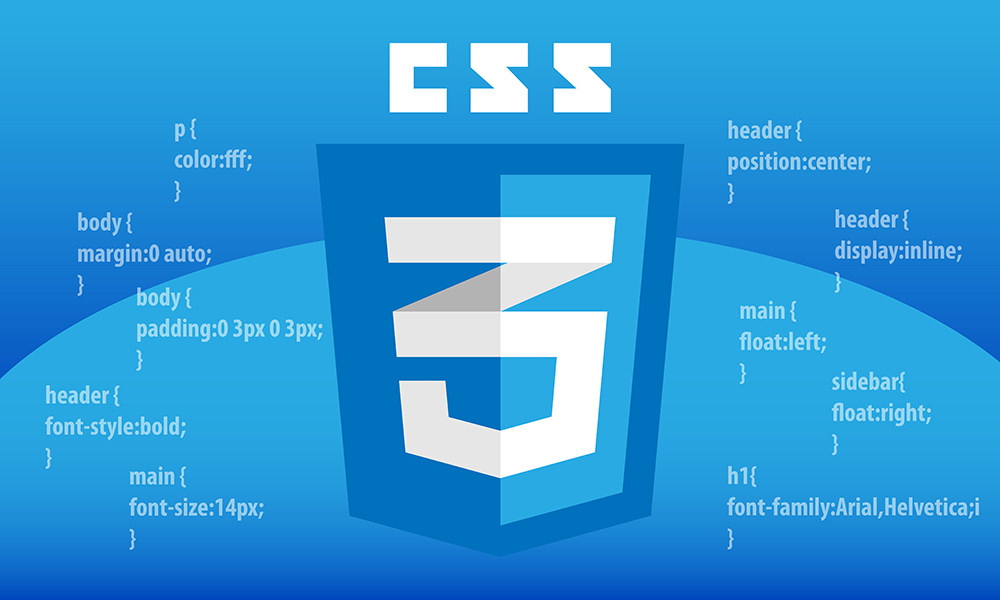
Conclusion: The Art of Discovery in CSS
In conclusion, the journey of discovering CSS tricks resembles an artist’s creative process, where the beauty often lies in unveiling the potential of existing materials rather than forging something entirely new. Just as Michelangelo saw sculptures within blocks of marble, web developers can identify innovative uses for CSS by building connections between disparate features. Embracing recursive thinking and overcoming the notion of ‘impossible’ can lead to remarkable breakthroughs in web design. Here are a few salient points worth emphasizing:
– Embracing limitations catalyzes creativity, leading to inventive solutions and unexpected discoveries.
– The interplay of CSS features can reveal rich possibilities; each trick is a stitch in the fabric of a more vibrant web design tapestry.
Furthermore, as developers, we navigate a landscape where the intersection of art and technology invites exploration and experimentation. Here, we must learn to appreciate both the constraints and freedoms that CSS provides. By utilizing CSS tricks with intent, we share our findings and experiences, fostering a culture of collaboration and learning in the web development community. Keep in mind that:
– Every ‘discovery’ in CSS may lead another developer down a unique path of innovation.
– Understanding the purpose behind our creations not only enriches our craft but also nurtures empathy toward users who rely on our designs.
Conclusion: Emphasizing Community and Purpose
Ultimately, the essence of discovering CSS tricks extends beyond individual triumphs; it is about building a community that values creativity and encourages sharing. The evolution of web design hinges upon collective experiences, where each practitioner’s journey contributes to a shared reservoir of knowledge. As we push the boundaries of CSS, we become custodians of wisdom that inspires others to explore the depths of their potential. Key points to reflect on include:
– Sharing our CSS journeys can illuminate the paths for others, enriching the collective understanding of web development.
– The significance of our creations should be intertwined with their impact on user experience, promoting accessibility in our designs.
Moreover, navigating the challenges of web design is amplified by a supportive community that values each member’s contributions, no matter how unconventional they may seem. By supporting one another and embracing feedback—both encouraging and critical—we can cultivate a thriving environment for innovation. This broader view of creativity reminds us that:
– An idea’s merit is often judged by its utility and relevance to real-world scenarios, making community feedback invaluable.
– Each CSS trick we discover holds the promise of connection—between ourselves as developers and the users we aim to serve, thus reaffirming a commitment to empathy and purpose in our work.

